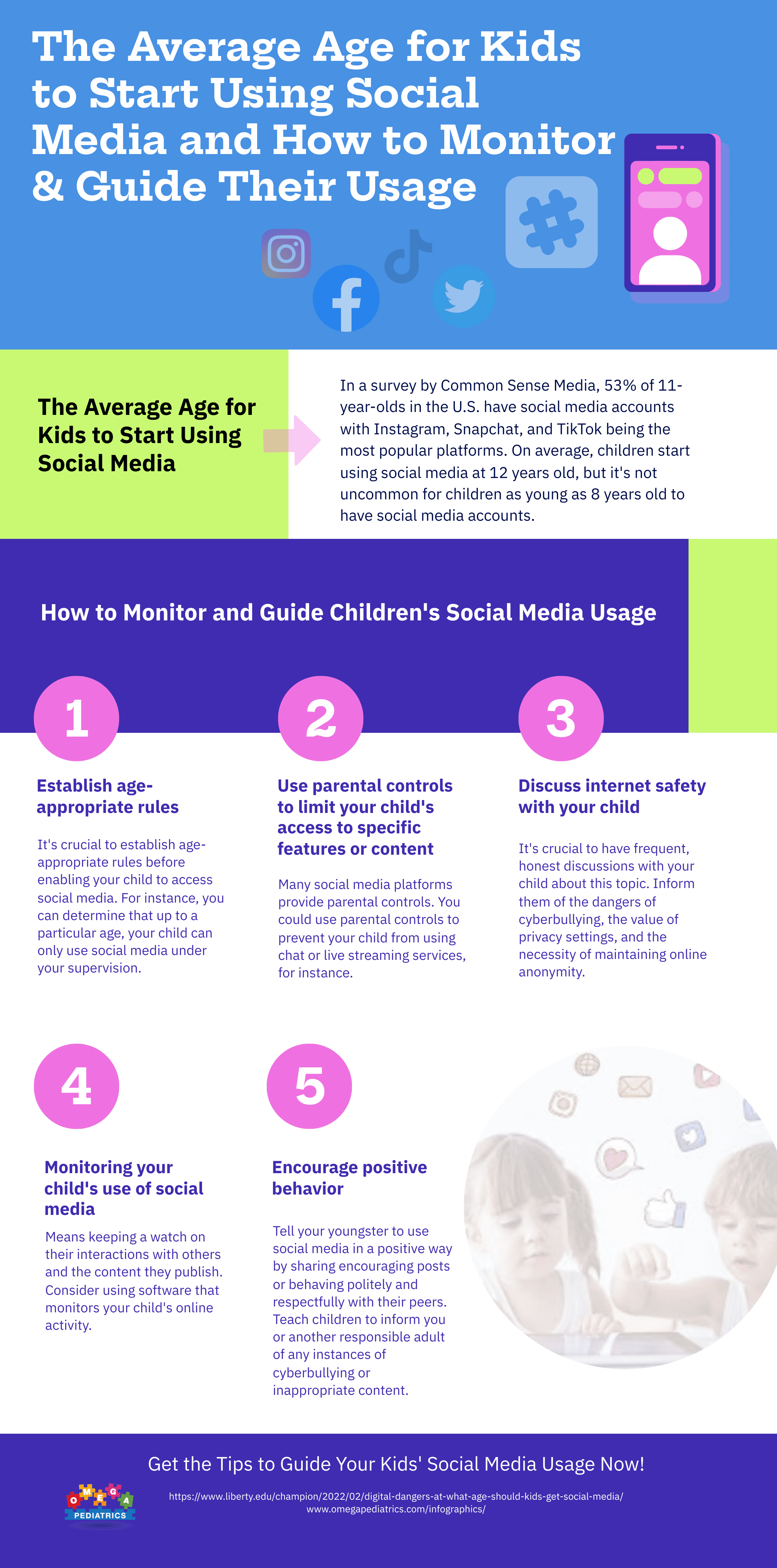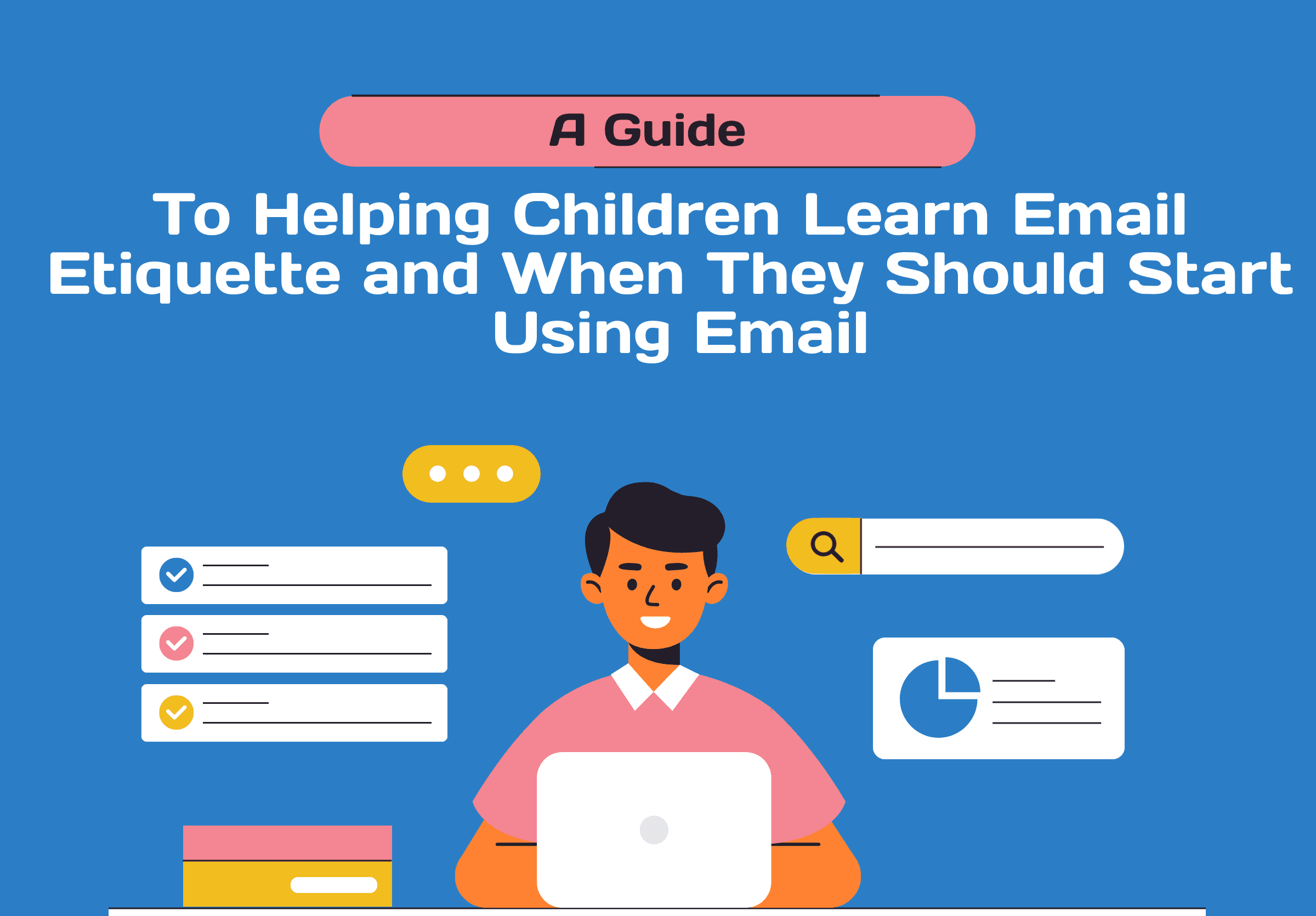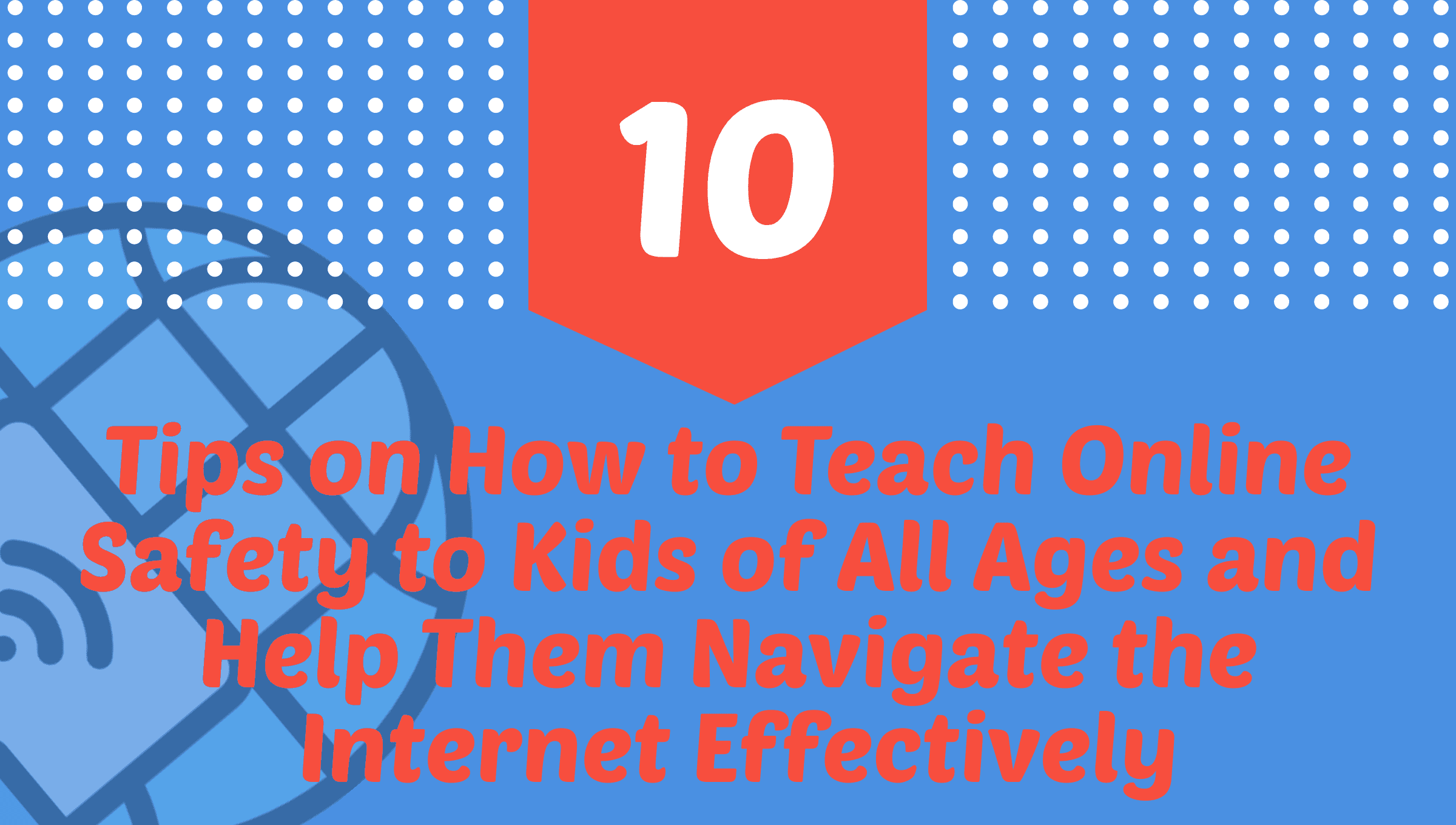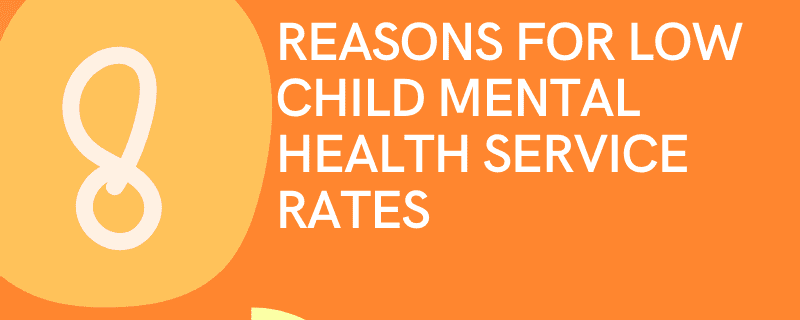Table of Contents

Children frequently begin using social media at a younger age than ever before in the modern digital era. Social media has numerous advantages, such as assisting kids in maintaining relationships with friends and family, but it also carries problems, such as cyberbullying, exposure to unsuitable content, and privacy issues. Because of this, it’s crucial for parents to supervise and direct their kids’ use of social media. This article will examine the typical age at which children begin using social media and will offer guidance on how to supervise and control their use.
The Average Age for Kids to Start Using Social Media
According to a survey conducted by Common Sense Media, 53% of 11-year-olds in the U.S. have a social media account, with the most popular platforms being Instagram, Snapchat, and TikTok. The survey also found that the average age for children to start using social media is 12 years old. However, it’s not uncommon for children as young as 8 years old to have social media accounts.
How to Monitor and Guide Children’s Social Media Usage
- Establish age-appropriate rules: It’s crucial to establish age-appropriate rules before enabling your child to access social media. For instance, you can determine that up to a particular age, your child can only use social media under your supervision.
- Use parental controls to limit your child’s access to specific features or content. Many social media platforms provide parental controls. You could use parental controls to prevent your child from using chat or live streaming services, for instance.
- Discuss internet safety with your child: It’s crucial to have frequent, honest discussions with your child about this topic. Inform them of the dangers of cyberbullying, the value of privacy settings, and the necessity of maintaining online anonymity.
- Monitoring your child’s use of social media means keeping a watch on their interactions with others and the content they publish. Consider using software that monitors your child’s online activity.
- Encourage positive behavior: Tell your youngster to use social media in a positive way by sharing encouraging posts or behaving politely and respectfully with their peers. Teach children to inform you or another responsible adult of any instances of cyberbullying or inappropriate content.
The Impact of Early Social Media Exposure on Children’s Development
As the age at which children start using social media continues to decrease, it becomes essential for parents to understand the potential impacts on their development. Early exposure to social media can have both positive and negative effects on a child’s emotional and social well-being.
Positive Impacts of Social Media
- Enhanced Communication Skills: Engaging with peers on social media can contribute to the development of communication skills. Children learn to express themselves, share thoughts, and participate in discussions.
- Cultural Awareness and Diversity: Social media platforms expose children to a diverse range of perspectives, cultures, and experiences, fostering a broader understanding of the world around them.
- Creativity and Self-Expression: Platforms like TikTok encourage creative expression through short videos, stimulating a child’s imagination and providing an outlet for self-expression.
Negative Impacts of Social Media
- Cyberbullying: The ease of communication on social media also opens the door to cyberbullying. Parents must educate their children about recognizing and reporting such incidents promptly.
- Inappropriate Content Exposure: Young users may inadvertently come across inappropriate content. Strict parental controls and regular monitoring can help mitigate this risk.
- Impact on Mental Health: Excessive social media use has been linked to mental health issues, including anxiety and depression. Parents should be vigilant about changes in their child’s behavior and mood.
Strategies for Effective Monitoring and Guidance
Promote Open Communication
Establish an environment where your child feels comfortable discussing their online experiences. Encourage them to share concerns and report any inappropriate interactions.
Stay Informed About Platforms
Keep yourself updated on the features and trends of the social media platforms your child uses. This knowledge will empower you to set more effective and informed guidelines.
Teach Critical Thinking
Equip your child with critical thinking skills to evaluate online information critically. Help them understand the importance of verifying information before accepting it as true.
Set Time Limits
Monitor the amount of time your child spends on social media. Excessive screen time can have adverse effects on physical health, sleep, and overall well-being.
Encourage Offline Activities
Balance your child’s online activities with offline pursuits. Encourage hobbies, sports, and socializing in person to ensure a well-rounded childhood.
The Role of Education Institutions
As children increasingly integrate social media into their lives, educational institutions also play a vital role in guiding responsible usage. Collaborations between schools and parents can create a comprehensive approach to digital literacy, emphasizing responsible online behavior and the potential consequences of irresponsible actions.
In conclusion, the age at which children embrace social media continues to trend downward, making parental guidance and monitoring more critical than ever. Striking a balance between the benefits and risks of social media requires proactive measures, open communication, and a commitment to fostering a healthy online environment for the younger generation.
Collaborative Efforts for a Safer Digital Future
Educational institutions, parents, and social media platforms need to collaborate to create a safer digital environment for children. Schools can incorporate digital literacy programs into their curricula, teaching students how to navigate the online world responsibly. These programs should cover topics such as online etiquette, privacy settings, and recognizing and reporting cyberbullying.
Parents should remain actively involved in their child’s digital life, adapting their guidance as technology evolves. Regular conversations about online experiences, potential risks, and responsible usage can strengthen the parent-child bond and build trust. Additionally, parents can attend workshops or seek resources provided by schools and online safety organizations to stay informed about the latest trends and challenges in the digital landscape.
Conclusion
In a world where technology is an integral part of daily life, understanding and guiding children through their social media journey is paramount. The average age at which kids begin using social media may continue to decrease, underscoring the urgency for proactive parental involvement. While social media offers numerous benefits, it also poses risks that can impact a child’s well-being.
By establishing age-appropriate rules, utilizing parental controls, and fostering open communication, parents can help mitigate the potential negative effects of social media. Teaching children about internet safety, promoting positive online behavior, and monitoring their activities are crucial steps in ensuring a healthy digital experience.
As we navigate this ever-evolving digital landscape, it’s crucial to recognize the role of education institutions in shaping responsible digital citizens. By integrating digital literacy into school curricula, educators can empower students with the knowledge and skills needed to navigate the online world safely.
In conclusion, the journey of a child into the realm of social media is a shared responsibility. It requires continuous learning, adaptability, and a commitment to creating a positive online environment. By working together—parents, educators, and online platforms—we can cultivate a generation that not only embraces technology but does so responsibly and ethically, ensuring a safer and more enriching digital future for our children.
FAQ
What is the average age for kids to start using social media?
The average age for children to begin using social media is around 12 years old, although some start as young as 8. Platforms like Instagram, Snapchat, and TikTok are popular among this age group.
How can parents monitor and guide their children’s social media usage?
Parents can establish age-appropriate rules, use parental controls on social media platforms, discuss internet safety with their children, monitor online activity, and encourage positive behavior such as reporting cyberbullying and sharing encouraging posts.
What are the positive impacts of social media on children’s development?
Social media can enhance communication skills, promote cultural awareness and diversity, and encourage creativity and self-expression through platforms like TikTok, providing children with opportunities for self-discovery and connection.
What are the negative impacts of social media on children?
Negative effects include cyberbullying, exposure to inappropriate content, and potential mental health issues like anxiety and depression. Parents should be vigilant in monitoring their child’s online behavior and mood.
How can collaborative efforts create a safer digital environment for children?
Educational institutions, parents, and social media platforms can collaborate to promote digital literacy, responsible online behavior, and effective monitoring of children’s social media usage. By working together, they can ensure a safer and more enriching digital future for children.



